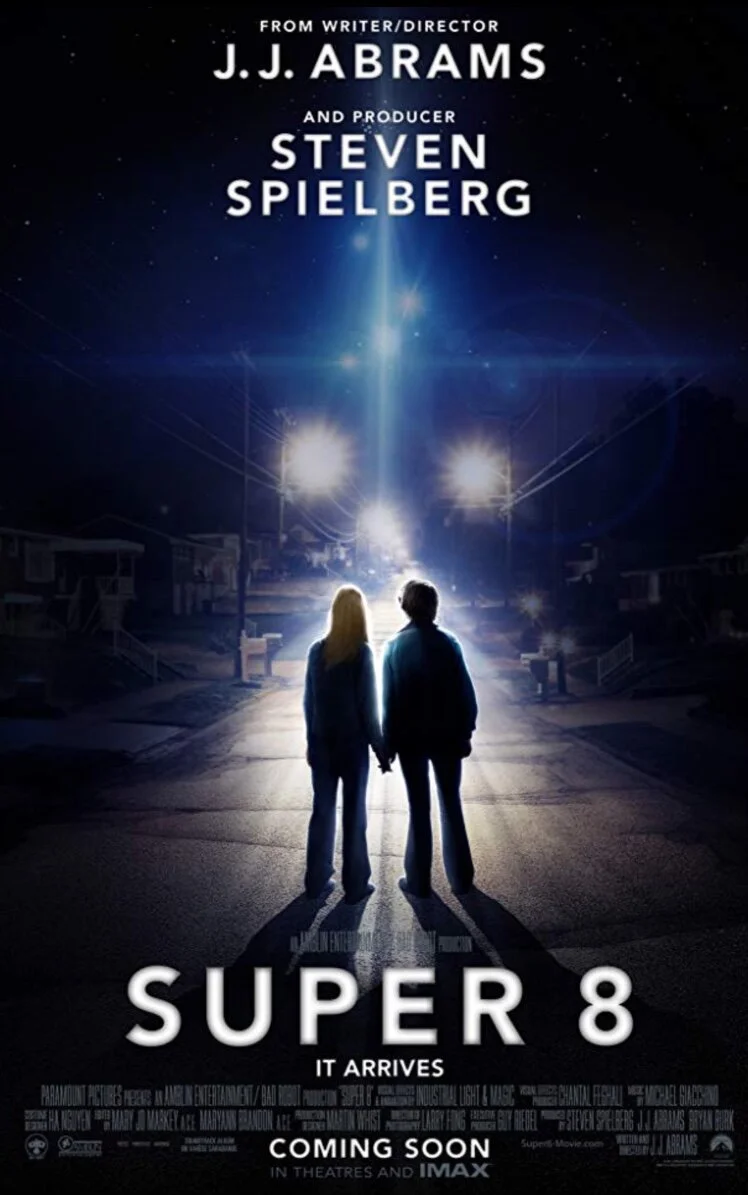Photo Courtesy Unsplash
Last Tuesday, I had the great honor of talking to students at a local school about writing. In the days leading up to my speaking engagement, my head was full of thoughts and ideas that I wanted to share with them. Should I mention this concept, that idea, a quote by so-and-so?
I hit a few of my old favorites. I made sure to tell the students how I hated when writers spend forever worrying about their world building and their backstories without paying attention to the main story at hand. I talked about how consistency as a writer is solely the responsibility of the writer, how nobody is going to hold your hand and make you work. I talked about how great writing consists of diverse diction and sentence types. A lot of my favorite tips.
One thing I did not talk about enough, though, was the old writing rule of “Show, don’t tell.”
Now, this is typically a screenwriting rule, of course, since you can’t literally show anybody anything in a book or written story. It would obviously be silly to say that you can’t show rather than tell in a book, thought, since that’s where we get concepts like direct vs. indirect characterization. You can use actions to show certain details rather than just having the narrator explain them. Obviously one is a much stronger writing choice than the other.
You can also use a little “show, don’t tell” when it comes to that overutilized concept of world building. As I’ve said countless times before, I loathe fantasy writing that delves far too deep into a fake culture and history before getting into the important characters inhabiting that world. Of course, you can work to reveal the details of that culture over time slowly, showing an audience how the world works with a unique scene at the start rather than just dumping all of the backstory in an encyclopedia entry.
True, “showing” is much more powerful than “telling” when it comes to revealing vital information in a story. However, there is one more action that is much more powerful.
Suggesting.
The best evidence I can use to explain my concept is the good ‘ole fashioned monster movie.
For a long time, monster movies hinged on terrorizing audiences with big, scary monsters that were nothing but shock-and-awe. Think about the heyday of monster movies, with Dracula and Frankenstein and the Wolfman in the 1930s. Those were some shocking monsters, sure. Then things really got kicked up a notch with the atomic horrors of the 1950s, these massive spiders and giant lizards that stomped all over American cities.
As a fan of horror cinema, I can appreciate these movies. They’re fun, they’re exciting. That’s great. You know what they aren’t?
They aren’t very scary.
We generally watch the classic Universal monster movies to study history or to appreciate film history. That’s about it. These movies are examples of great spectacle, and that spectacle was amazing for audiences of the time period. Consider the famous scene of Frankenstein’s resurrection, with lightning bolts and screaming. That’s a classic moment that is worth studying.
EDITOR’S NOTE: Scaring the hambones out of people is not an expression. What are you thinking? (Photo Courtesy Kal Visuals on Unsplash)
That’s a better fate than the monster movies of the 1950s, though. We watch them for laughs.
Nothing is wrong with any of that, and these are still good movies worth watching. The problem is that none of these movies are really still achieving their old purpose anymore.
Look ahead to the 1970s, though, and you’ll start to see monster movies that really…got it. Sometimes on purpose, sometimes by accident, these movies were much better about suggesting the horror, suggesting the danger, and that has created several monster movies that still scare the everloving hambones out of audiences.
Think about movies like Alien and Jaws. These monsters are so effective because we only barely see the monster. In Alien, we get a glimpse here and there, but the dark mood of the Nostromo hides the alien from our eyes and from the crew of the ship trying to find it.
In Jaws, the shark is under water most of the time. Shocker.
Famously, Spielberg and company wanted to show the shark much more, but they had a hard time getting the apparatus to work. So perhaps they lucked their way into that one, but still.
I’ll go one further for you. Compare each of those movies with their sequels. Ignoring James Cameron’s Aliens, which isn’t even a horror movie, none of the Alien sequels deliver the same level of tension because they all focus on showing off the alien. The Jaws sequels also make that mistake, they try to show off the animal and it just doesn’t work.
The suggestion is what matters. Suggesting the danger, suggesting the horror, suggesting the item which should be feared.
Even the slasher movies of the era benefited from this approach. My personal favorite, Friday the 13th, had an invisible horror for most of the movie. You see a hand here or a knife there or an arrowhead through Kevin Bacon’s throat if you’re lucky. And why does the suggestion work? Because we have to imagine what’s going on. We have to imagine what sort of person is doing these things. That’s what makes the ending so shocking, when we learn that it’s not some hulking figure but someone’s desperate, grieving – admittedly psychotic – mother.
Then there’s the recent classic, Cloverfield, that featured the shaky-cam footage of the monster that was lovingly named Terry or Clovie or one of a hundred different names by fans. It was barely seen for most of the movie, leaving the audience to try and piece together the bizarre images that were there.
Suggestion is so powerful because it creates. Suggestion creates possibilities.
And J.J. Abrams never disappointed audiences ever, ever again. (Image Property of Paramount Pictures)
There is an old saying that gets at my point: To suggest is to create, to name is to destroy.
As long as we suggest possibilities, we are creating ideas in an audience’s mind. That’s an especially useful tool with horror because you are often forcing someone’s mind to insert their own fears into the void you are building.
There is a major problem with suggestion, though, and that’s the payoff.
I’ve talked about how great Jaws and Alien are at suggesting the monster that creates the horror. I even mentioned Pamela Voorhees as a paragon of the hidden terror. But let’s be realistic. What if Pamela Voorhees were instead a clownish woman with a ton of rouge and heavy makeup? She might’ve come across as a bizarre, laughable non-threat.
Take two other movies for example. There’s Wes Craven’s 2005 werewolf movie Cursed, featuring my sweetheart Christina Ricci, and the 2011 J.J. Abrams movie Super 8. In both movies, you had a monster that was only occasionally peeked and noticed. In Cursed, it was obviously a werewolf. In Super 8, it was a…thing. I guess. I don’t really know.
In both cases, the monster was finally revealed at the end to literally zero astonishment. The werewolf looked sort of similar to a normal werewolf, but it just wasn’t anything special. In the case of Super 8, which was especially sad after the build-up from the previously mentioned Cloverfield.
Cloverfield was so good about hiding the monster and giving us little glimpses here and there, and it was a phenomenon. Then comes Super 8, with Abrams’ signature cryptic marketing, and then the big reveal at the end when we saw the monster was just kinda sad and wimpy.
Take the “It’s alive!” scene from Frankenstein that we referenced a few minutes ago. In the movie, that scene is a classic. That scene is loud and brash and exciting. In the book, that scene comes and goes with barely any aplomb whatsoever.
It was on a dreary night of November that I beheld the accomplishment of my toils. With an anxiety that almost amounted to agony, I collected the instruments of life around me, that I might infuse a spark of being into the lifeless thing that lay at my feet. It was already one in the morning; the rain pattered dismally against the panes, and my candle was nearly burnt out, when, by the glimmer of the half-extinguished light, I saw the dull yellow eye of the creature open; it breathed hard, and a convulsive motion agitated its limbs.
How can I describe my emotions at this catastrophe, or how delineate the wretch whom with such infinite pains and care I had endeavoured to form? His limbs were in proportion, and I had selected his features as beautiful. Beautiful! Great God! His yellow skin scarcely covered the work of muscles and arteries beneath; his hair was of a lustrous black, and flowing; his teeth of a pearly whiteness; but these luxuriances only formed a more horrid contrast with his watery eyes, that seemed almost of the same colour as the dun-white sockets in which they were set, his shrivelled complexion and straight black lips.
- Mary Shelley’s Frankenstein, Ch. 5
One moment, the creature is dead. The next, he’s alive. And honestly? It’s really creepy.
While suggestion is a powerful tool for a storyteller, it has to be used carefully. If the entire plot revolves around the big reveal, then it has to be hit perfectly. Or at least close to perfectly. That payoff will ultimately be what defines the story.
The thing that makes suggestion so powerful for an audience is also the thing that makes suggestion so dangerous for a writer. It is very hard to surpass the expectations set up by an audience’s imagination.
There is one way around all that, though. So far, I’ve largely just talked about what it means to suggest something all throughout the story. To suggest what a horror might be that is lurking at the end of the road.
I have often talked about my love for the works of H.P. Lovecraft. I liked his writing from the first time I read anything of his, but I can still remember the exact moment I realized that his instincts as a writer were just a level of above most anyone else I’d ever read.
In Lovecraft’s short story “Imprisoned with the Pharaohs,” also later published as “Under the Pyramids,” which he wrote in collaboration with Harry Houdini, there is a moment at the very end that shocked me. It’s a fictionalized story of a time when Houdini was thrown into a pit in Giza, Egypt by a tour guide. At the bottom of this pit, the narrator sees a bizarre religious ritual featuring some sort of strange five-headed beast. That was a shocking revelation, sure, but not as shocking as what was to come.
At the very end of the story, it is revealed that the beast we saw was just the paw of a much larger creature: the creature that inspired the sculpting of the Sphinx.
The five-headed monster that emerged . . . that five-headed monster as large as a hippopotamus . . . the five-headed monster—and that of which it is the merest fore paw. . . .
- H.P. Lovecraft’, “Imprisoned with the Pharaohs”
If nothing else, Lovecraft was a master of suggestion. His stories are full of great creatures that are only hinted at.
In this case, especially, the suggestion itself is the payoff. Instead of trying to fight the audience’s imagination, Lovecraft set the audience up and left them hanging. This is not a bad thing, either. Sure, it can be a gamble, but all storytelling is. With this method, what the writer does is forces the audience to fill in the pieces on their own without then satisfying their curiosity. The audience is left with their own fear and uncertainty.
In the past, I’ve referenced another one of Lovecraft’s most famous quotes.
The oldest and strongest emotion of mankind is fear, and the oldest and strongest kind of fear is fear of the unknown.
-H.P. Lovecraft, “Supernatural Horror in Literature”
When the writer suggests something, then what they’re doing is providing the audience with an unknown. That unknown quantity doesn’t have to be used for horror. It can be used for any kind of tension, whether that’s in action or drama or even comedy. It doesn’t matter.
What matters is that the audience wants to know what you aren’t telling them.
For instance, I’m not going to tell you what photo I almost put here. See? Suggestion!




